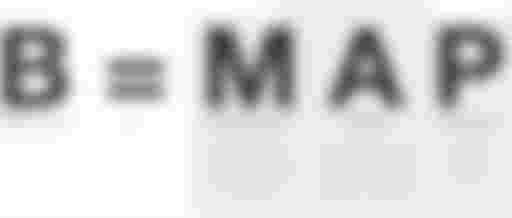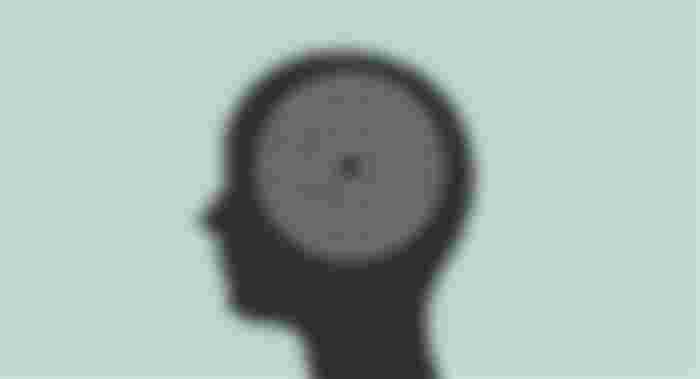Have you at any point battled with building another propensity, however then lost inspiration following a couple of long stretches of committed work?
Or on the other hand possibly you have battled to end out of an old propensity, however the draw of the safe place was excessively solid, and you fizzled?
In the event that you can reverberate with these circumstances, this article is only for you.
As per BJ Fogg, the author of the Behavior Design Lab at Stanford University, you can fabricate another conduct when inspiration, capacity, and a brief merge at the same time. This is known as the Fogg Behavior Model or B=MAP.

On the off chance that you need to transform you, you'll need to change your practices. There are just three straightforward factors that drive those practices. That is the place where the B=MAP model comes in. It is the system to comprehend and open the secret of how propensities flourish in schedules. It will assist you with receiving supportive propensities and dispose of pointless ones. This post layouts the B=MAP model and sets down strides on how you can apply it in your life to account for extraordinary change.
The B=MAP Model
Conduct is the consequence of inspiration, capacity, and prompts taken simultaneously. This is a basic recipe that can prompt staggering outcomes. At the end of the day, a conduct is an aftereffect of:
Inspiration, or your craving to execute the conduct.
Capacity, for example your ability to execute the conduct.
Brief, or your sign to execute the conduct.
This is valid for building a propensity and ending an old propensity in equivalent measure.
"You can upset a conduct you don't need by eliminating the brief. This isn't in every case simple, yet eliminating the brief is your best first move to prevent a conduct from occurring." — BJ Fogg
The accompanying segments will examine every component of the B=MAP exhaustively and ay down noteworthy advances you can execute immediately to invite change into your life.
Motivation
A great many people wrongly expect that inspiration is all you need to effectively assemble another propensity. Fogg dissents, expressing that inspiration is just a single piece of the condition. Furthermore, as we as a whole know. inspiration is temperamental. It doesn't keep going forever.
As indicated by Fogg, there are three wellsprings of inspiration:
Yourself, for example what you realize you need.
An award or discipline you realize you would get in the event that you complete the conduct.
The specific situation, for example in the event that individuals around you are doing it also.
The most ideal sorts of practices you can zero in on are what Fogg calls "Brilliant Behaviors". It has three components, in particular, it ought to be viable in understanding your yearning, you should need to do the conduct, and you are completely fit for executing it.
AbilityIn case you're ready to execute a conduct, you'll not need a lot of inspiration to keep doing it. When you're battling to assemble another propensity, ask yourself what Fogg calls the Discovery Question: What is making this conduct hard to do?
This isn't just an unfathomable exercise in self-reflection, but at the same time is a useful advance towards tackling your powerlessness to assemble the propensity. As Fogg's examination proposes, your response to the Discovery Question could be a blend of the accompanying (Fogg calls them Ability Factors):
Do you have sufficient opportunity to do the conduct?
Do you have sufficient cash to do the conduct?
It is safe to say that you are actually equipped for doing the conduct?
Does the conduct require a ton of imaginative or mental energy?
Does the conduct find a way into your present daily schedule, or does it expect you to adapt?
Another inquiry Fogg proposes you pose to yourself is the Breakthrough Question: How would i be able to make this conduct simpler to do? There are just three responses to this, as per Fogg's exploration:
Increment your abilities. Examination more on the propensity you're focussing. You ought to do this promptly when your inspiration is high. This should be possible by understanding books, watching instructional exercise recordings, or joining a gathering of similar individuals.

Get apparatuses and assets that assist you with the new propensity.
Make the conduct little. Zero in on the starter steps — one little propensity you can do each day that will lead you towards your ideal conduct. On the off chance that you are attempting to bring an end to a propensity, you should take the conduct you need and psychologist it, slowly and carefully.
Prompts
Prompts are the triggers or signs that push you to begin the propensity. According to Fogg's examination, there are three sorts of prompts:
Individual Prompts: When you depend on a brief from inside to begin a conduct, for instance, a sore back may incite you to stand up and stretch. While helpful, such prompts are probably not going to prompt enduring change as they are so untrustworthy.
Setting Prompts: These are signs in your current circumstance that ask you to make a move, for instance, a morning timer or a warning on your telephone. They are valuable, yet having beyond any reasonable amount to oversee can prompt overpower.
Activity Prompts: These are the most solid sort of prompts, and as Fogg characterizes, "a conduct you as of now do that can remind you to do another propensity you need to develop." For instance, a current propensity for making espresso for yourself each day can fill in as a brief to take your prescriptions.
"Activity Prompts are now installed in your life so consistently and normally that you don't need to consider them." — BJ Fogg
Step by step instructions to apply the B=MAP model
Fogg proposes a straightforward chart to assist us with seeing how to construct another propensity or conduct. Along the upward pivot is Motivation (M) which fluctuates among High and Low. Along the level hub is Ability (A) which changes between Hard to do and Easy to do. Then, at that point, the Prompt (P) lands either above or under a bended line on the chart, known as the "Activity Line."
The situation of your Prompt according to the Action Line decides if you'll do a Behavior (B) or not.

